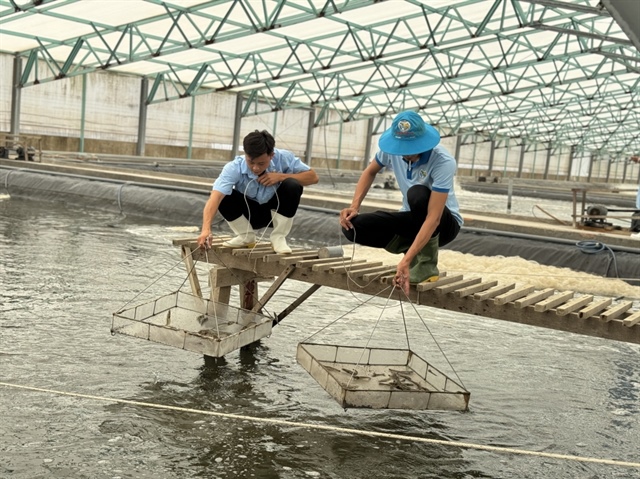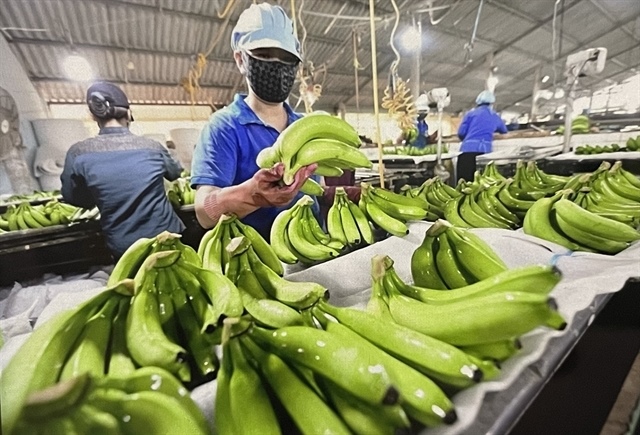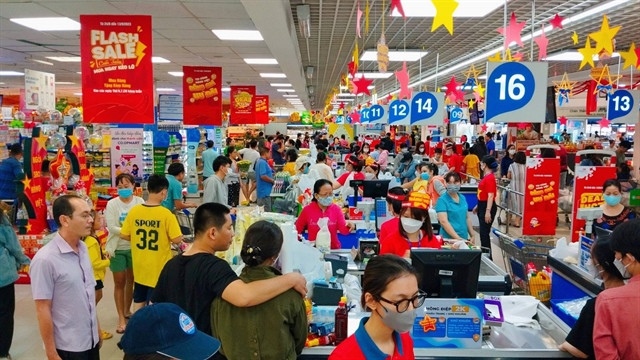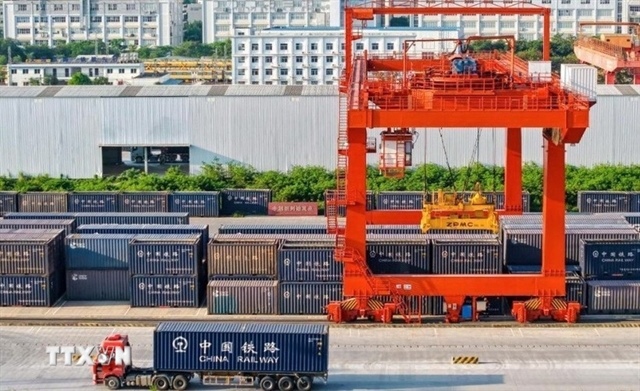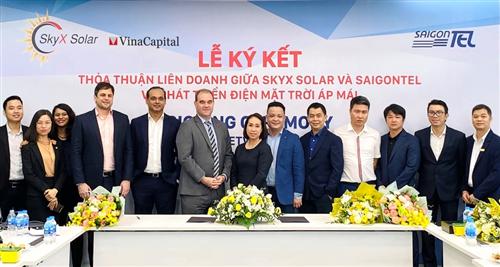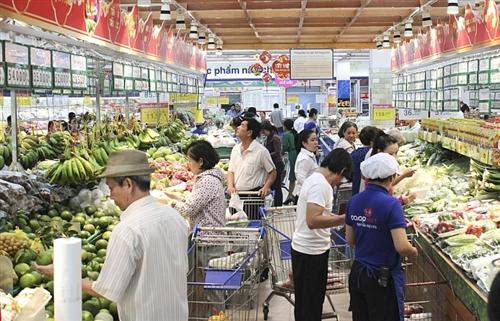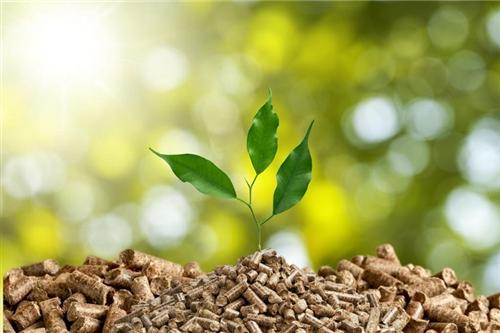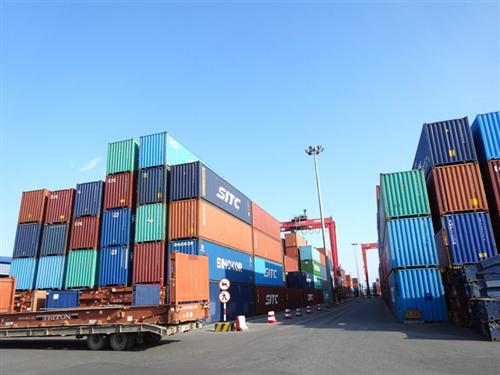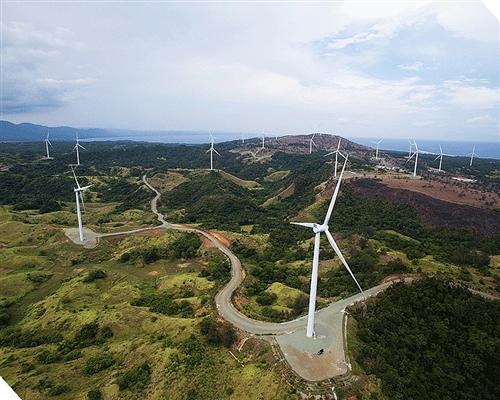Challenges compels restructuring in agriculture
Challenges compels restructuring in agriculture
Trade conflicts, climate change and epidemics may at first glance appear to be a hindrance to Viet Nam’s agricultural sector. 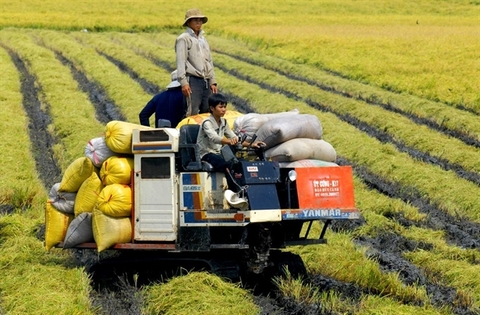
But some see it as an opportunity to speed up the value chain restructuring and innovating the growth model.
In the early months of this year, Viet Nam’s agriculture faced many challenges, not only from the spread of COVID-19 pandemic but also trade tensions and worsening climate change.
These alone put the production and export of key agricultural products at high risk, Minister of Agriculture and Rural Development Nguyen Xuan Cuong said.
According to the initial assessment of the Ministry of Agricultural and Rural Development (MAR), fisheries along with fruit and vegetable products will be directly affected by the fast and prolonged pandemic.
This is forcing companies to change production and business methods and seek more exporting markets.
“Order delays for seafood products will lead to the development of processed products such as canned and frozen foods,” Cuong said.
A lesson was learned from fruit and vegetable export market because when the outbreak of COVID-19 occurred, the Chinese market stalled, causing a consumption disruption of high-yielding agricultural products which were rarely put into processing such as watermelon and dragon fruit.
The head of the agricultural sector said localities must proactively adjust their production and harvest seasons to suit the market need and be prepared to move quickly when the pandemic is over, while at the same time promoting domestic consumption and export to key markets such as the United States, EU and ASEAN.
The ministry is also negotiating to expand markets to minimise dependence on certain markets by planning fact-finding missions to the Middle East, Japan, South Korea, Russia, Brazil, Australia and New Zealand.
It is quickly completing the technical documents for export permits of durians, passion fruit, avocados, grapefruits and custard apples to China; grapefruits to the US; and longans, grapefruits and passion fruit to Japan.
Better preparation, lower risks
Meanwhile in the Mekong Delta region, salinity intrusion came earlier this year with higher severity. Saltwater has covered nearly 100km from the estuary, threatening the agricultural production and livelihoods in the region.
In a recent field trip to this area, Prime Minister Nguyen Xuan Phuc highlighted the success of the region in changing crop structure in drought and salinity areas, so the damaged rice area was just 39,000ha, equalling just 9.6 per cent of the damage in the worst-hit year 2016.
According to MARD, this achievement was attributable to early planning and preparation. Since September last year, the ministry requested localities and its departments accelerate construction and repair irrigation works to cope with saltwater and diversity crops.
To avoid salinity in rice production, the ministry has instructed localities to sow the 2019-20 winter-spring crop 10 to 20 days earlier compared to the previous crops. The localities also changed the plantation areas with drought risk and proactively cut and extend crops.
The ministry forecasts the weather will be more predictable and natural disasters such as drought and salinity may not follow the repeat rule of five years. Therefore, people need to adapt, mitigate losses and even exploit changing ecological conditions to regulate the plantation.
Deputy Minister of Agricultural and Rural Development Nguyen Hoang Hiep said the ministry was coordinating with the Ministry of Planning and Investment and other relevant ministries and agencies to build a master plan for the Mekong Delta region.
After 2020, it will rotate the agricultural production model from rice-fruit-fishery to fishery-fruit-rice, aiming towards reducing rice plantations and increasing areas for fruit and seafood products.
“To rotate this axis, we must identify fresh water, brackish water and salt water are all resources. At the same time, agricultural infrastructure must be built to serve this task,” Hiep said.
Regarding animal husbandry, although epidemics have caused great economic losses, it also provides an opportunity to promote the restructuring of production, focusing on the application of advanced technology and building closed chain, from inputs to production, processing and consumption.
According to Tran Cong Thang, director of the Institute of Policy and Strategy for Agriculture and Rural Development, the restructuring process has decreased the number of small farms, but to avoid the "left behind" situation, the Government should have policies to train and support safe livestock households.
“There are still many niche markets for small- and medium-sized animal husbandry households to develop such as organic farming, high-quality specialty products thanks to great domestic demand,” he said.
Large enterprises are encouraged to continue working together with localities to develop disease-free poultry production chains and areas in compliance with the Vietnamese regulations and recommendations of the World Organisation for Animal Health (OIE) for domestic consumption and export, Thang said.
According to Minister Cuong, business plays a very important role in establishing the value chain of production-processing-consumption.
“At present, we have about 12,000 enterprises directly producing in the agricultural sector, only about 1 per cent of the total businesses in the country, in which, small and micro enterprises account for 95 per cent,” Cuong said, noting enterprises are mainly processing, preserving and trading agricultural products while the number of enterprises investing in mechanisation and research of seed is small.
Attributing the "absence" of enterprises in stages requiring large financial investment, technology and human resources to high risk in the sector, the minister urged localities to effectively implement the issued policies on enterprise development, supporting industries, credit for high-tech agriculture, along with creating favourable investment and business environment for businesses.


